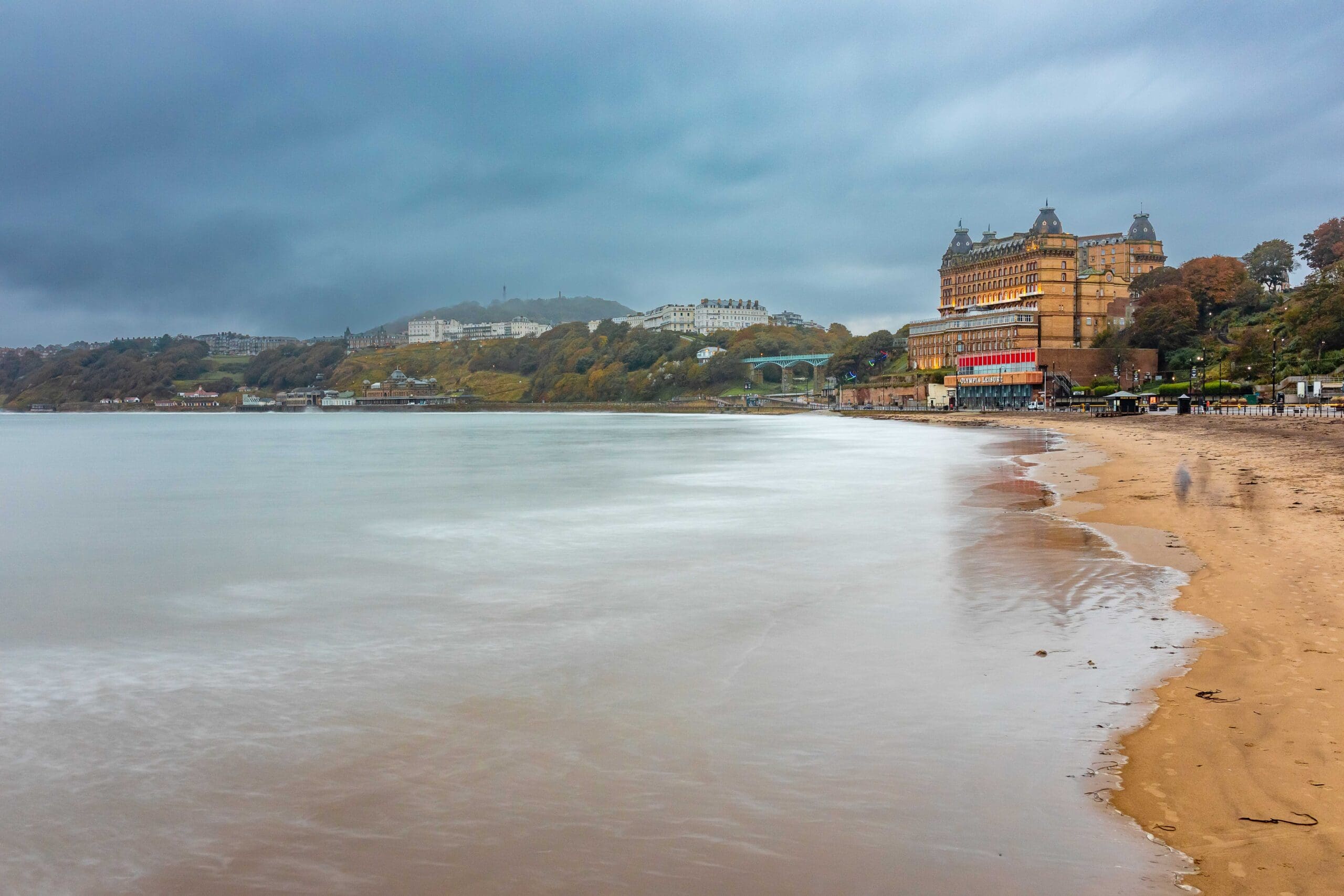Recent evidence has indicated Scalby Beck in Scarborough is a source of nitrogen pollution which could be impacting bathing water quality.
North Yorkshire Council backs further investigation into this issue by Yorkshire Water and the Environment agency.
The leader of North Yorkshire Council, Cllr Carl Les, said: “The quality of bathing water along the North Yorkshire coast is of huge importance, and I’d like to thank Professor Gröcke for his two-year study, as well as the work of the Environment Agency.”
For almost two years, Professor Darren Gröcke, director of the Stable Isotope Biogeochemistry Laboratory at Durham University, has led a seaweed study on behalf of the council.
Through nitrogen isotope analysis of more than 3,000 samples taken between Hayburn Wyke and Filey, Professor Gröcke’s findings show values linked to animal manure and human sewage as the dominant contributor to nitrogen pollution.
We are backing further investigation, by Yorkshire Water and the Environment Agency, into Scalby Beck in light of compelling expert evidence that it could be significantly impacting bathing water quality in Scarborough’s North and South Bays.
— North Yorkshire Council (@northyorksc) November 4, 2025
For almost two years, @grockeSIBL,… pic.twitter.com/guTGyUd0GC
On Monday 27 October, the latest bathing water summit was held, where attendees heard the outcomes this study had to show.
His findings are what indicated Scalby Beck as the source of nitrogen pollution, which is carried south by marine currents towards Scarborough’s South Bay.
Cllr Carl Les added: “It is clear to see from the summit that we need to focus our attention on Scalby Beck, come up with a number of achievable solutions and make sure that actions are delivered to improve bathing water in Scarborough for generations to come.”
A number of investment programmes have already been delivered, to help improve bathing water on the North Yorkshire coast.
Yorkshire Water invested £2.8 million at Wheatcroft to reduce discharges from the sewer overflow to a maximum of two per bathing water season.
Chief executive, Richard Flinton, said: “Significant investment has been made to improve water quality in Scarborough, and I’d like to thank partners for their efforts. Nonetheless, more needs to be done.
“It is clear to see that following two of the most in-depth studies to date, that coastal pollution is complex with a multitude of contaminants involved.
“Further research and exploration are needed, especially in the Scalby Beck area.”

